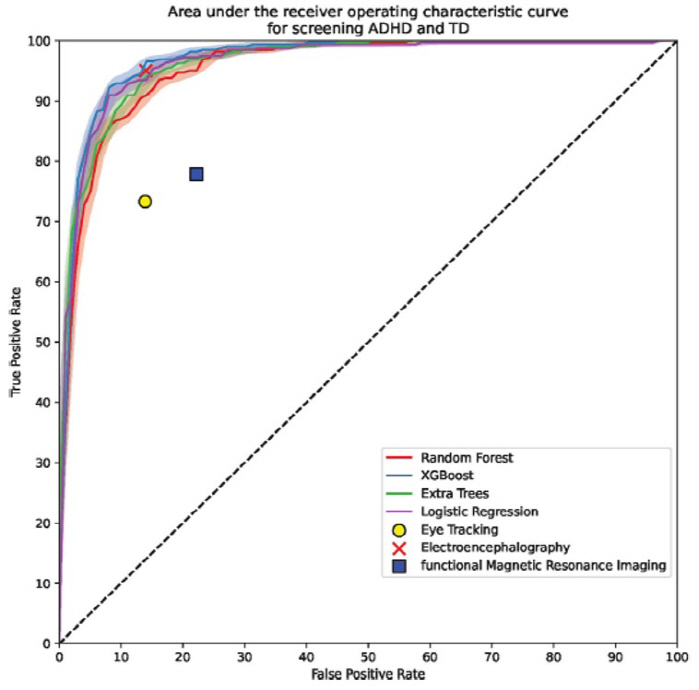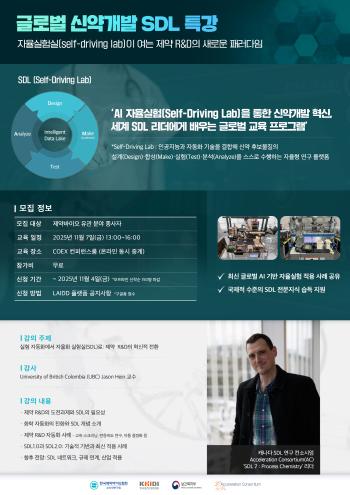Development of AI to Screen ADHD with Retinal Finger Photography...Accuracy 96.9%
Apr 21, 2025
|
On the 21st, a research team led by Professor Chun Geun-ah and Professor Choi Hang-nyeong of the Department of Pediatric Psychiatry at Severance Hospital and Professor Park Yoo-rang of Yonsei University's School of Medicine announced that the accuracy of AI for screening ADHD reached 96.9% after looking at photos of retinal fundus.
Attention Deficit Hyperactivity Disorder (ADHD) is a neurodevelopmental disorder seen in 5-8% of school-age children. Attention deficit, impulsiveness, and hyperactivity are major symptoms, and delayed diagnosis and treatment affect academic, social relationships, and emotional development.
Since ADHD diagnosis is conducted through interviews and questionnaire evaluations, it is highly likely that the subjectivity of the examiner will intervene. It is not easy to diagnose quickly enough that the boundary between normal behavior and symptoms is unclear and the diagnoses are inconsistent.
The research team developed an AI that can objectively and quickly screen ADHD by looking at pictures of retinal fundus.
This AI development used 1,108 retinal fundus pictures, four learning algorithm models, and AutoMorph Pipeline technology. The Automov pipeline is a research tool that morphologically analyzes retinal blood vessels.
The prediction performance was excellent, with the Area Under the Receiver Operating Characteristic Curve (AUROC) value of the graph comparing sensitivity (true positivity rate) and specificity (false positivity rate) reaching up to 0.969 (accuracy 96.9%). The AUROC value means that the closer to 1, the better the performance.
Shapley Additive Explanations (SHAP) analysis, which explains how the AI model's prediction results came out, derived key retinal features related to ADHD. Typical symptoms were increased blood vessel density, decreased arterial blood vessel width, and changes in the structure of the optic disc.
In addition, AI measured the accuracy of predicting the degree of damage to visual selective attention by looking at pictures of the retinal fundus of ADHD patients. Visual selective attention is the ability to focus on certain parts, and ADHD patients have less ability. The accuracy of AI reached 87.3%.
Professor Cheon Geun-ah said, "This study confirmed that retinal fundus photography can be used as an important biomarker for ADHD diagnosis, as well as defects in execution functions such as visual selective attention."The fundus test is very simple with a shooting time of less than 5 minutes, and it seems that it can also be used to monitor the effectiveness of ADHD drugs with rapid tests."
Meanwhile, this study was conducted with the support of the National Intelligence Agency for Intelligence and Information Society, and the results of the study were published in the international journal 'npj Digital Medicine (IF 12.4)'.
|
This article was translated by Naver AI translator.















